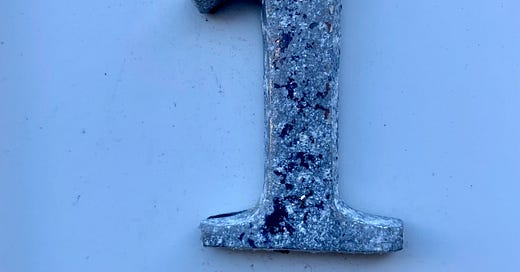1 Betts Way, Penge is the location of Tony Law House, of which Mr Kenneth Cox was the leaseholder.
Mr Cox had lived at 42 Tony Law House since 2010 under an assured tenancy. His landlord was Anchor Hanover Group.
Mr Cox received a service charge demand that included a contribution towards:
the cost of the new lift installed in 2018;
the cost of a lift servicing contract;
lift inspection, and
lift repairs.
Under the tenancy agreement, Anchor was responsible for repairing and maintaining communal (shared) areas. The parties agreed that the lift fell within that responsibility.
In his s.27A application to the FTT, Mr Cox emphasised that as a consequence of his status as an assured tenant, he should not be required to contribute towards the cost of repairs to the structure of the building, including the cost of the lift.
The question before Martin Rodger KC in the Upper Tribunal in Anchor Hanover Group v Cox [2023] UKUT 14 (LC) was whether section 11 of the Landlord and Tenant Act 1985 prevents a landlord from recovering service charge contributions towards the cost of repairing the lift in a block of flats from its assured tenants of the flats in the building.
Section 11, Landlord & Tenant Act 1985
Martin Rodger KC gave a brief overview of section 11:
The purpose of section 11 is to require landlords to keep in repair the structure and exterior of dwellings let on short term tenancies and the installations providing services for them. It does so by implying statutory repairing covenants into all tenancies to which the section applies; these implied covenants override any provision of a tenancy agreement which would have the effect of placing the same obligations on the tenant. Importantly for this appeal, section 11 also overrides any provision of an agreement which would otherwise require the tenant to contribute towards the cost of the landlord complying with the implied obligations…
…
In other words, a service charge clause in a tenancy agreement has no effect so far as it would require the tenant to contribute to the cost of work carried out by the landlord which falls within the landlord’s implied repairing covenants.
Lifts and section 11
Starting with s.11(1)(a), Martin Rodger KC held that the lift did not form part of “the structure or exterior” of Mr Cox’s flat.
The lift was not “an installation in the flat for the supply of water, gas, electricity or sanitation, or for space heating or heating water” either.
S.11 extends the landlord’s implied repairing covenant to parts of the building which are not also parts of the dwelling-house. The landlord:
Is obliged to repair the structure and exterior of any part of the building in which it has an interest;
Is required to keep in repair additionally include any installation of the sort already mentioned if, directly or indirectly, it serves the dwelling-house and is either part of a building in which the landlord has an estate or interest, or is owned by or under the control of the landlord.
The decision
Having considered the detail of section 11, Martin Rodger KC came to the following conclusions.
The lift was not part of the structure or exterior of the building:
It was not one of the components which give the building its “essential appearance, stability and shape” and so it does not come within the ordinary understanding of “structure”.
It was also within the building, and obviously not part of the exterior.
The lift was an installation, but:
It was not an installation for the supply of water, gas, electricity or sanitation, or for space heating or heating water.
In the closing paragraphs of his decision, he observed that:
It is perhaps surprising that the landlord’s implied obligation does not extend to the repair of substantial mechanical and engineering installations which form part of the fabric of the building, such as the lift. The repair or replacement of the lift in any building is always a very expensive business, and in a block of flats like Tony Law House the cost is likely to be very difficult for tenants to meet. As Lord Neuberger said in Edwards v Kurumasamy “one might have expected that Parliament intended those parts of a building or its curtilage which are not included in an individual residential demise, and which are in any way enjoyed by the tenant in question, would be within the ambit of the landlord’s statutory repairing covenant”. But the structure of section 11 seems to me to be clear, and to apply the landlord’s obligation, so far as its concerns installations, only to installations of the sort described in subsection (1)(b).
He therefore allowed Anchor’s appeal, and decided that Mr Cox was obliged to contribute towards the various lift-related costs demanded of him.





